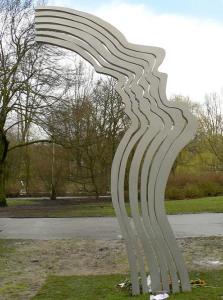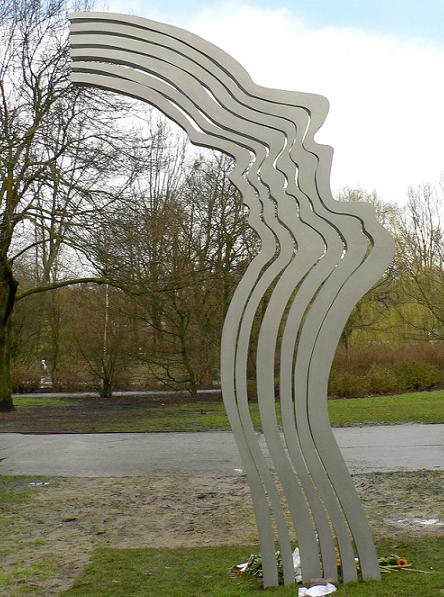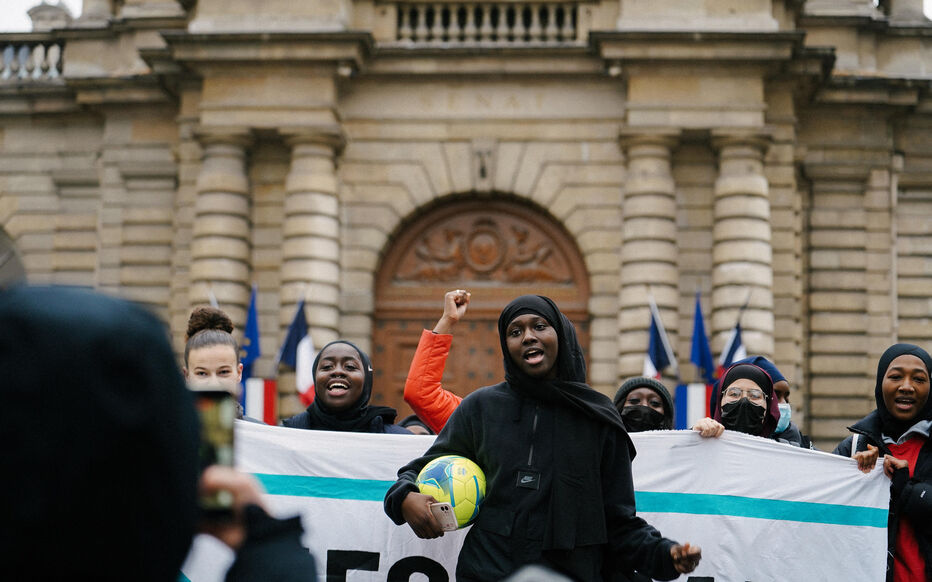Sunday 2 November marks the death a decennium ago of Islam critic Theo van Gogh (d. 2 November 2004). Both hated and admired Van Gogh was in the forefront of early criticisms of Islam in the Netherlands in the post 9/11 period. The film producer, professional provocateur and collateral descendant of the nineteenth century Dutch Post-Impressionist painter Vincent van Gogh was brutally murdered on the street in broad daylight by the Dutch-Moroccan and adherent of a radical form of Muslim fundamentalism Mohammed Bouyeri. Most notoriously known for his film Submission in collaboration with the Islam critic Ayaan Hirsi Ali Van Gogh not only heavily criticized Islam but also other expressions of organized religion leading to claims of alleged anti-semitism on his behalf. A decennium after his death the Netherlands commemorates and reflects on his dubious legacy as both standard-bearer for unadulterated criticisms on Islam and Muslims as well as a catalyst for the rise of Islamophobic tendencies in the Netherlands and abroad.
Various media outlets devoted their space and time to this striking figure in the Dutch landscape of opinionated debate on Islam in the Netherlands. Prominent Newsmagazine De Groene Amsterdammer devoted it’s cover and a long essay to Van Gogh (in conjunction with an in-depth article about Mohammed Bouyeri’s process of radicalization). Van Gogh is portrayed as a polemicist and provocateur who used his film-productions and prose to shock but also to unveil and lay bare societal taboos and civil pitifulness.
The case of Van Gogh’s brutal murder still causes a stir in Dutch politics and society as evidenced for example by the recent re-opening of its investigation commissioned by the Dutch Minister of Interior and Kingdom Relations Ronald Plasterk in consequence of a recent broadcast by the Dutch current affairs program EénVandaag. The proposed re-opening of Bouyeri’s case is mainly a consequence of perceived irregularities during the initial investigation and the possibility of unknown accomplices to the crime.
In the cultural domain Van Gogh’s life and death recently inspired a new movie production and a theatre show. In the theatre piece Van Gogh Spreekt – De Wederopstanding van een Enfant Terrible (English: Van Gogh Speaks – The Resurrection of An Enfant Terrible) written by his personal friend and music critic Roeland Hazendonk Van Gogh arises as a boy adrift – an enfant terrible – obnoxious, hilarious and merciless but also lonely and full of self-mockery. The movie 2/11 – Het Spel van de Wolf (English: 2/11 – The Game of the Wolf) is a political thriller shot in the style of both a documentary and a drama. It addresses and criticizes the functioning of Dutch politics and the Dutch secret services in the context of the Van Gogh murder-case. It is suggested that the Dutch secret services were on to Bouyeri long before his murdering Van Gogh and that Van Gogh was collateral damage in a bigger investigation into the notorious Hofstad Network in which Bouyeri allegedly participated.







